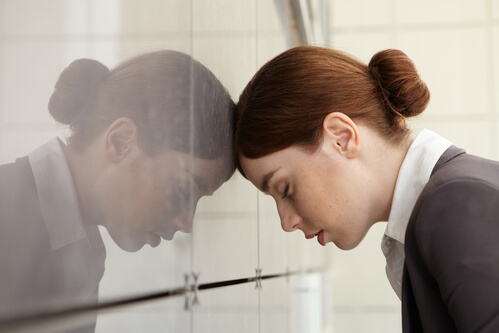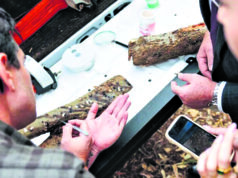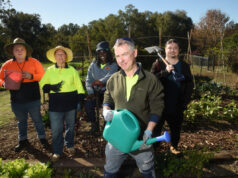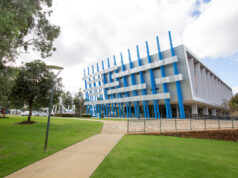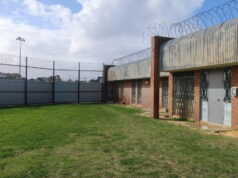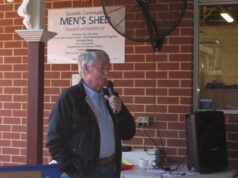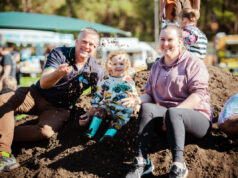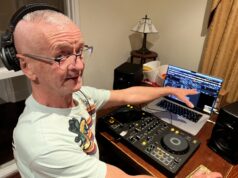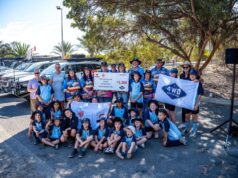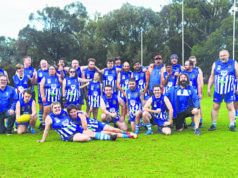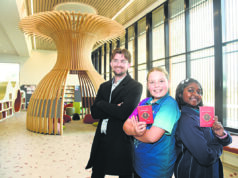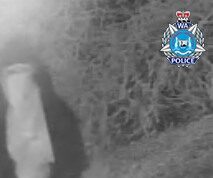Saturday’s Canning by-election had one of the worst voter turnouts in recent election history.
As at 1.30pm on Tuesday only 87,353 votes had been received out of a possible 112,809 with only late postal votes to come.
The votes represented a 77.43 per cent voter turnout, almost 15 per cent less than the general election in 2013 and the second worst in the country after the NT electorate of Lingiari’s 75 per cent turnout.
It was also the worst voter turnout of any recent by-election.
The 2014 Griffith by-election, triggered by the departure of former prime minister Kevin Rudd, had an 82 per cent voter turnout.
The Canning by-election had a high informal vote as well with 5.4 per cent of voters not voting for anyone.
Political commentator and senior lecturer in politics at Murdoch university Dr Ian Cook said electoral fatigue and disgust with both major parties were reasons for the low turnout.
“We have had quite a few elections lately and I think there is some level of electoral fatigue out there in WA anyway, there have been a lot of elections lately,” he said.
“I also felt that a general disgust with both major parties, due to leadership spills, and with minor parties after the micro-parties surprised a lot of people by getting senate seats we didn’t think they would get.
“There is always that in electoral politics but it is probably heightened with all the leadership spills we have seen.
“So there was a lot to put people off and with no senate voting they didn’t have the other reason to vote when you live in an ultra-safe seat, like Canning.”
Despite the poor showing at the polls Labor made huge headways with voters with all polling booths showing a swing against the Liberal government.
Several polling booths in Armadale, Kelmscott and Camillo recorded double figure swings to Labor candidate Matt Keogh.
The Challis primary school polling booth in Seville Grove recorded a 14 per cent swing away from the Liberals while the Grovelands primary school booth in Camillo recorded a 10.95 swing.
The swings would be beneficial to the future Labor candidate for the proposed new electorate of Burt, which was centred on Armadale.
The new electorate would split the Canning electorate, leaving it with the Liberal strongholds to the south while taking in some safe Labor areas in Gosnells and Thornlie.
Dr Cook said swings against the government were normal in by-elections.
“Add to that the fact that (the late) Don Randall worked his electorate well and had good personal support and you’d expect the Liberals’ vote to drop across the electorate,” he said.
He did not think the focus on national politics fully overrode what people would see in local candidates as good representatives.
“I think Andrew Hastie was able to produce a connection to the electorate and a willingness to serve that electorate,” he said.
“I mean it is up to the candidates to make it a local thing and by keeping a focus on local issues and he certainly worked hard to do that.
“The Labor party didn’t run as strong a campaign as they might have done, certainly people I was talking to said as they were going through the electorate there was a lot of Andrew Hastie stuff but not much Matt Keogh stuff out and about.
“It’s a very safe Liberal seat so there is a limit to how much you can get out of that.”
Dr Cook rated the Canning by-election as one of the most important and memorable in Australian political history.
“It is one of the most important in that there was a change of prime ministers,” he said.
“There are very few other by-elections we will remember.”


